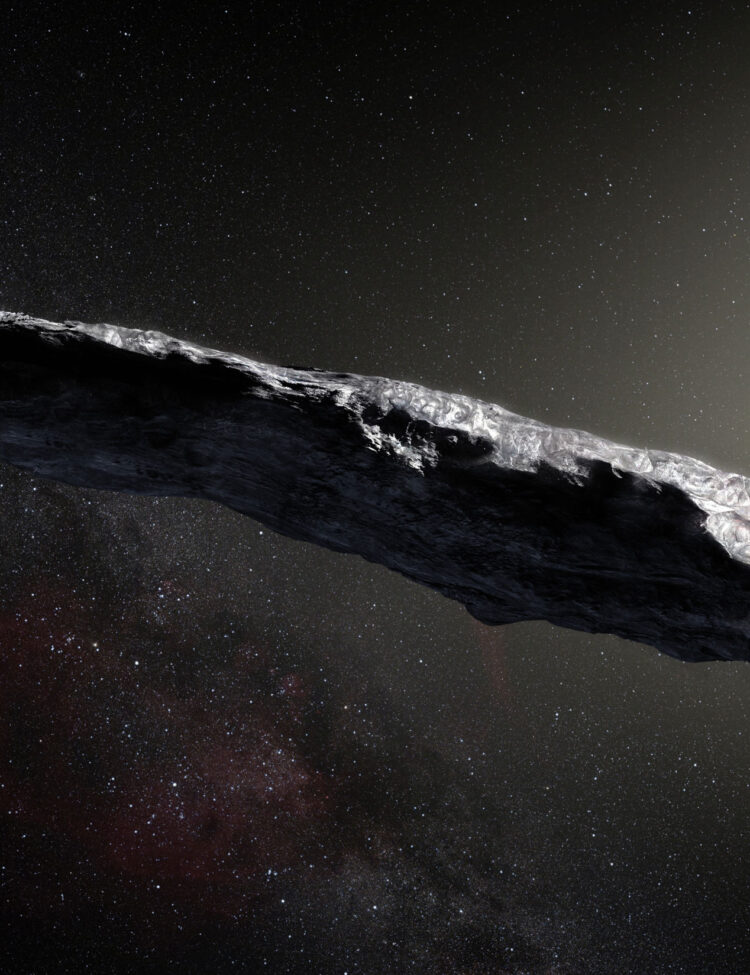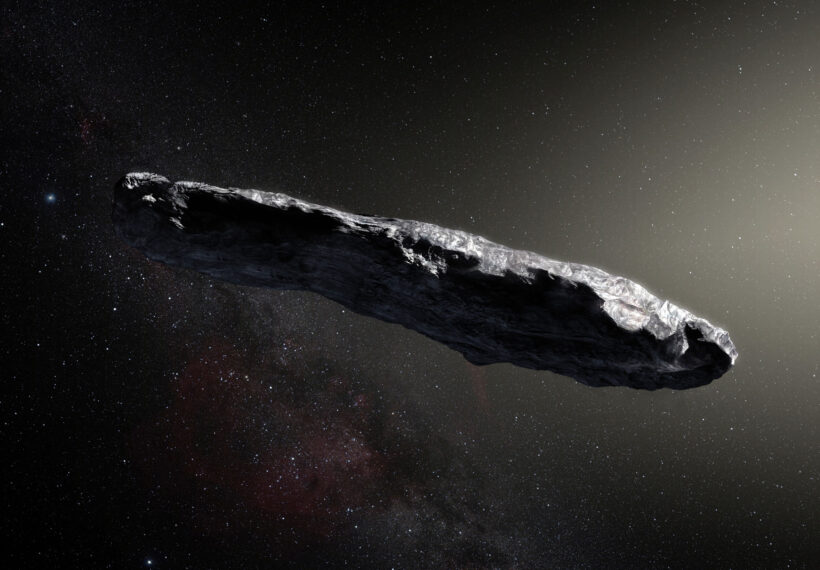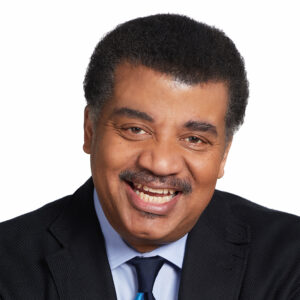About This Episode
If scientists discovered that we are not alone, what would they do with that information? Neil deGrasse Tyson and Chuck Nice learn about the search for life, habitability around M stars and more with astrophysics professor and author Aomawa Shields.
We explore the work being done after exoplanet discovery, how do we tell if it’s habitable? We go over the main conditions that life needs and some of our Earth biases. How would you modify your search for life around an M star? We break down the letter classifications of stars and what they mean. Could life survive on a planet that is tidally locked in synchronous rotation with its star?
We discuss Aomawa’s new book Life on Other Planets, her organization Rising Stargirls, and her interdisciplinary background. How does being a trained actress factor into her life as a scientist? We dive into fan questions: what locations in our solar system are most promising for life? Learn about Europa, Enceladus, and why Aomawa is skeptical about Mars. How do different types of stars impact the planets– and the potential life– around them?
How can diverse experiences help accelerate the progress of science? We discuss the universal human experience and the impact of uplifting all minds. Find out about the concept of panspermia, Oumuamua, and whether Earth’s life comes from somewhere else. All that, plus we explore scientific moral quandaries, if scientists found something with potential to destroy would they still enlighten the public?
Thanks to our Patrons Pepper Horton, annie brown, Lance Cardwell, Natalie waugh, firestorm960, and Daryl Spencer for supporting us this week.
NOTE: StarTalk+ Patrons can watch or listen to this entire episode commercial-free.




 Unlock with Patreon
Unlock with Patreon


 Become a Patron
Become a Patron